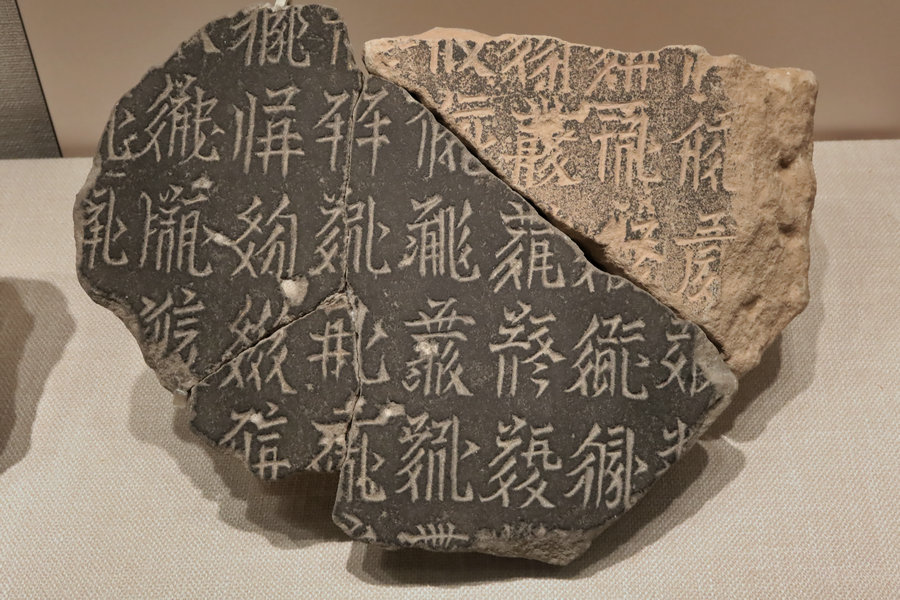Mounds claim their rightful place in history
Researchers piece together a fascinating tale to shed light on an exceptional saga, Wang Kaihao and Wang Ru report in Yinchuan.


Broken pieces of stele that were inscribed with Tangut scripts and Chinese characters, architectural components, gold artifacts, sandstone statues, Buddhist relics, and so on, gradually provide a panorama of Xixia imperial life despite surviving documentations on the dynasty not being as rich as its contemporaneous neighbors.
"Archaeology will also offer support when we design plans to preserve the site and explain its values to the public," he says.
In the past decade or so, archaeologists expanded the studies to subordinate tombs and water control sites, which unveil an even wider spectrum of Xixia society.
For example, Chai considers that the water control facilities, which can still function today, offer a precious glimpse into how Xixia people designed their defensive systems.
Heavy rain hit the tomb when Chai was guiding China Daily reporters to the site. An ancient Xixia proverb written on the walkway thus seems to have particular meaning.
It says: "Prepare by building canals before rainy season arrives; those without specific skills should be diligent and hardworking."
























